Ho Chi Minh City has all the elements to become a financial center of the region - Photo: VAN TRUNG
The service ratio of Ho Chi Minh City is still low compared to the 70-88% of global cities such as Singapore or Shanghai.
The current opportunity is a golden opportunity for the city's services to reach regional levels, based on two strategic pillars: productivity-enhancing service clusters and globally connected service clusters.
Productivity enhancement service cluster
The biggest problem now is to improve total productivity and create global connections, thereby bringing the city to a new level of development, more solid and with greater influence.
In this context, a strategic direction that many economic experts agree on is to focus on two key service clusters: the productivity-enhancing service cluster and the global connectivity service cluster. This is not only a growth pillar but also a "lever" for Ho Chi Minh City to deeply integrate into the international value chain, making the most of opportunities from economic integration, digital transformation and the trend of shifting global supply chains.
First of all, Ho Chi Minh City needs to lead the country in technological innovation and digital transformation. Resolution 57 on science and technology development has paved the way, but more important is the implementation mechanism. The city should deploy policy testing zones (sandboxes) for the fields of financial technology (fintech), artificial intelligence (AI), blockchain and innovative solutions.
Thu Duc, with its advantage as a research center and many universities, can completely become the "nucleus" of the science and technology ecosystem, playing a spreading role for the entire key economic region of the South.
Creating conditions for technology startups and encouraging tripartite cooperation between the State - University - Enterprise will help Ho Chi Minh City shorten the gap with innovation centers in the region.
At the same time, developing high-quality human resources is the key to raising TFP. The city needs to establish a regional training network, closely linked with Binh Duong and Ba Ria - Vung Tau, and encourage the enterprise - academy model so that training programs closely follow market needs.
High-tech industries, digital economy, international finance, logistics and supply chain management should be given top priority. Universities and vocational training institutions must innovate strongly, not only in curriculum but also in training methods, ensuring that graduates have global skills and the ability to adapt quickly to technological changes.
Healthcare is also an indispensable factor. A quality healthcare center on par with the ASEAN region will not only improve the health and productivity of the people but also attract international talent, serving the goal of building Ho Chi Minh City into a "livable city" for experts and investors.
In parallel, developing medical tourism, which is in great demand from countries in the region, can become a high-value service industry, creating additional foreign exchange revenue and jobs.
The digital economy, which currently contributes about 20% of GRDP, needs to set higher targets in the coming decade. Promoting digital infrastructure, cloud computing services, electronic payments and technology startups will help optimize production processes, reduce operating costs for businesses and increase the competitiveness of the entire economy.
A digital urban government that provides fast and transparent public services will also create a favorable environment for people and businesses, thereby promoting increased social productivity.
Global Connectivity Service Cluster
If the productivity-enhancing service cluster plays the role of "internal engine", the global connection service cluster is the "gateway" for Ho Chi Minh City to reach out to the world. In which, finance - banking - insurance is considered the spearhead.
The Ho Chi Minh City International Financial Center (IFC) has been approved by the National Assembly under Resolution 222/2025, but the success of this project depends largely on its policy competitiveness compared to regional centers such as Singapore or Hong Kong.
The city needs to have attractive tax, foreign exchange, long-term visa and investor protection mechanisms, while boldly allowing the experimentation of new financial models such as digital assets and fintech. When Ho Chi Minh City becomes a "destination" for international capital flows, resources for investment and innovation will be more abundant, thereby creating a spillover effect to the entire economy.
Transportation, warehousing and logistics are also areas that cannot be ignored. After the merger, Ho Chi Minh City will have a rare advantage with the Cai Mep - Thi Vai deep-water port, the orientation to develop the Can Gio transit port and the Tan Son Nhat - Long Thanh - Con Dao airport network.
The city should quickly form 8 logistics centers with a scale of over 750 hectares, with clear roles: import and export concentrated in Ba Ria - Vung Tau, domestic logistics and industrial supply located in Ho Chi Minh City and Binh Duong.
Completing belt routes 3-4, inter-regional highways, as well as building about 1,000km of metro will not only reduce transportation costs but also improve businesses' ability to access global markets.
In particular, reducing logistics costs will help Vietnamese goods become more competitive, while attracting more multinational corporations to set up supply chains in Ho Chi Minh City and its surrounding areas. The synchronous development of seaports, airports, railways and modern warehouse systems will turn the city into a logistics "super center" of the Southeast Asian region.
The megacity of Ho Chi Minh City is not just a story of expanding its boundaries. It must be a leap in productivity and global connectivity. The consistent implementation of solutions focusing on two strategic service clusters of productivity improvement and global connectivity will help Ho Chi Minh City become a leading financial, commercial, scientific and technological center in Asia in the next decade.
This is the path to realizing the aspiration of bringing Vietnam to the level of a global urban area, strongly contributing to national growth and affirming its position on the world economic map.
After merging with Binh Duong and Ba Ria - Vung Tau, Ho Chi Minh City officially entered the era of super urban areas with more than 13.7 million people.
However, if it wants to compete with financial centers like Singapore or Hong Kong, Ho Chi Minh City must restructure its growth model, focusing on productivity and efficiency, rather than relying solely on scale and speed.
Back to topic
Prof. Dr. Nguyen Trong Hoai (Ho Chi Minh City University of Economics)
Source: https://tuoitre.vn/hai-cum-dich-vu-chien-luoc-de-tp-hcm-moi-vuon-tam-20250912220739334.htm


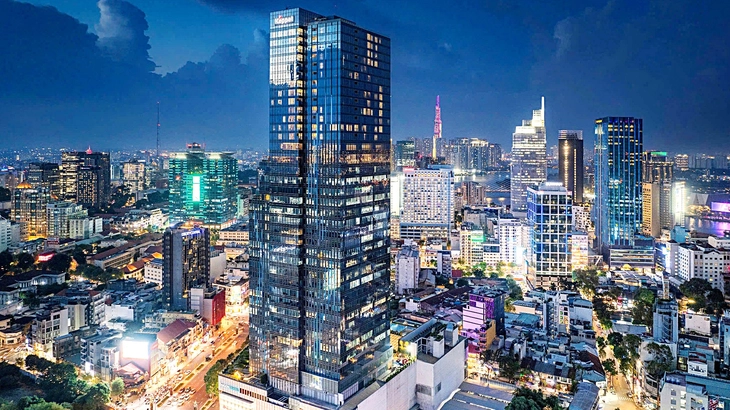









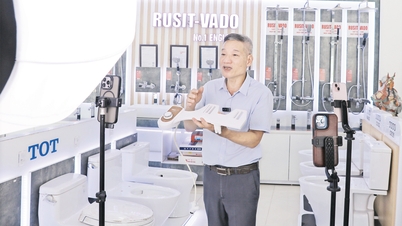



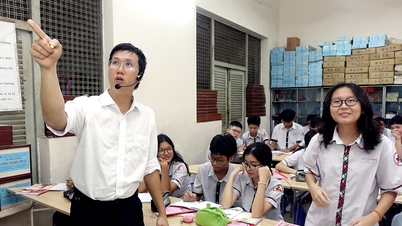
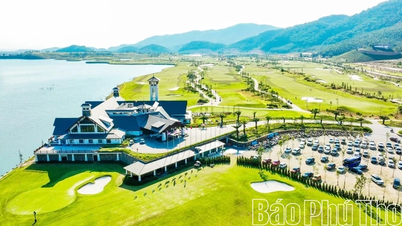

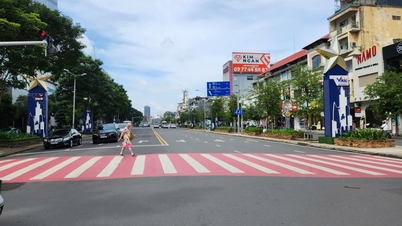


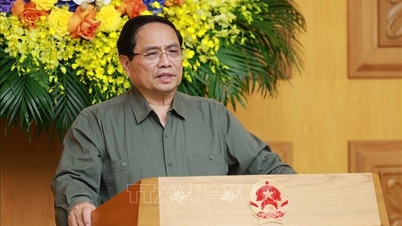
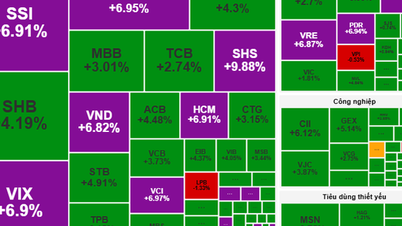

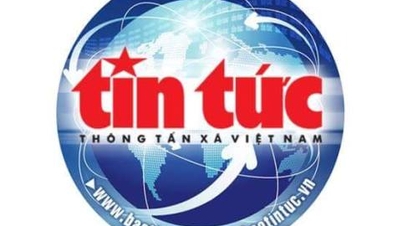
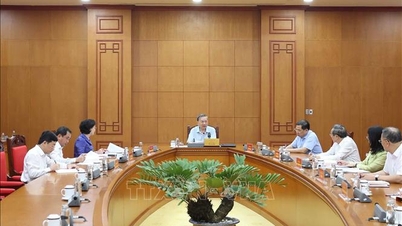








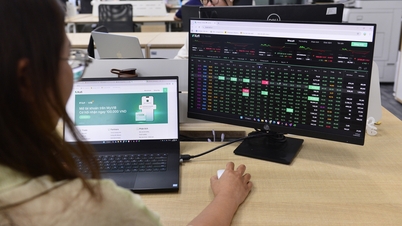




































































Comment (0)